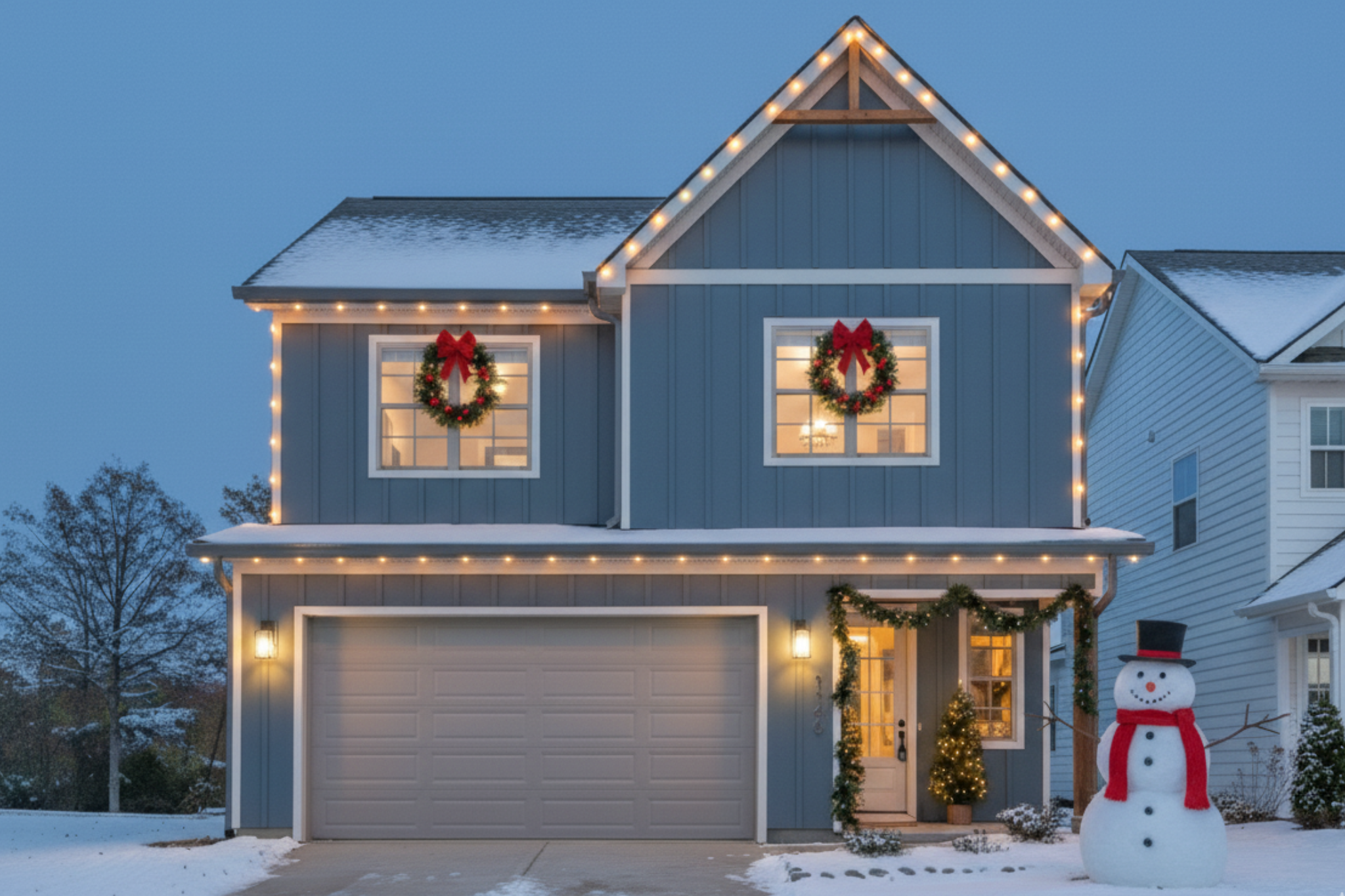
The Benefits of Using Low-VOC Materials in Your Home
When it comes to home safety, the materials used to build your home are just as — if not more — important than other considerations like keeping your filters clean, testing your smoke detectors, or making sure your security system is in working order.
Solid and liquid building materials containing high levels of volatile organic compounds (VOCs) can emit gasses into the air, putting you and your family at risk for short- and long-term health effects.
What are VOC's?
VOCs are found in air fresheners, upholstery, cosmetics, photocopiers, and dry cleaning. They’re found in fuel oil and gasoline. They can also be found in the paint, carpet, vinyl flooring, varnishes, adhesives, and composite wood products used to build your home.
The term “organic” in “volatile organic compound” refers to a chemical with at least one carbon-hydrogen bond. The term “volatile” means those chemicals can evaporate, or get into the air.
When VOCs become airborne, there’s a chance they can be inhaled and negatively affect your health. Exposure to VOC vapors can cause eye, nose, and throat irritation; headaches and loss of coordination; nausea; and damage to the liver, kidneys, or central nervous system. Some VOCs are suspected or proven carcinogens.
You may or may not be able to smell VOCs, though smelling is not a good indicator of health risk. The best course of action is to minimize exposure.
The Benefits of Using Low-VOC Materials
At GreenTech Homes, we place a premium on the quality of the homes we build, as well as the health of those who live in (and around) them. And the first step to building healthier, greener homes is using high-quality, low-VOC materials.
Here’s why:
- Low-VOC materials have a more subtle odor. Products with a high-VOC content — like some paints or extra-strength cleaning products — give off strong fumes that can cause headaches.
- Low-VOC materials improve air quality. While some high-VOC products might not give off a strong odor, they can still pollute the air. Not only do we need to be mindful of the air quality of the communities we build, but given that US Environmental Protection Agency studies show that, on average, the presence of organic (carbon-based) pollutants is two to five times higher indoors than outside, it’s crucial that we use healthy products inside our homes, as well.
- Low-VOC materials are better for the environment. Not only can high-VOC products be harmful to you and your neighbors’ health, but they can also cause damage to the environment.
- Low-VOC materials save money. In addition to being eco-friendly, low-VOC materials can help reduce utility and maintenance costs.
What We Use
Products with VOC content of 0.3% to 7.99% are recognized as low. GreenTech uses building materials that are well below that threshold.
FLOORING
We use Shaw Floors carpet, laminate, and hardwood products. All Shaw Floors carpet products are Green Label Plus certified by the Carpet and Rug Institute, the industry’s highest VOC standard. Their hardwood and laminate products are also Greenguard certified.
DRYWALL
We use Georgia Pacific (5/8 Fire Rated) and Certainteed drywall. Tainted Chinese drywall is no longer sold in the United States since the 2012 passage of the Drywall Safety Act, which set chemical standards for domestic and imported drywall. Georgia-Pacific and CertainTeed are two of the top four main drywall producers in North America. Certainteed Gypsum boards claim zero-VOC, and have GreenGuard Gold Certification. Georgia-Pacific Gypsum boards are all GreenGuard Gold Certified.
PAINT
Sherwin Williams ProMar 400 is our standard paint for walls and trim, but we also offer the “scrubbable” Duration brand as an upgrade. Both brands are zero-VOC.
INSULATION
We use Johns Manville OEM Fiberglass Insulation, which has no component at levels greater than or equal to 0.1% identified as probable, possible, or confirmed human carcinogen by IARC (International Agency for Research on Cancer), as a carcinogen or potential carcinogen by OSHA (Occupational Safety and Health Administration) (29 CFR 1910 Subpart Z, Toxic and Hazardous Substances), or as a known or anticipated carcinogen by NTP (National Toxicology Program).
Have more questions about the products we use in our homes? Contact us today.






